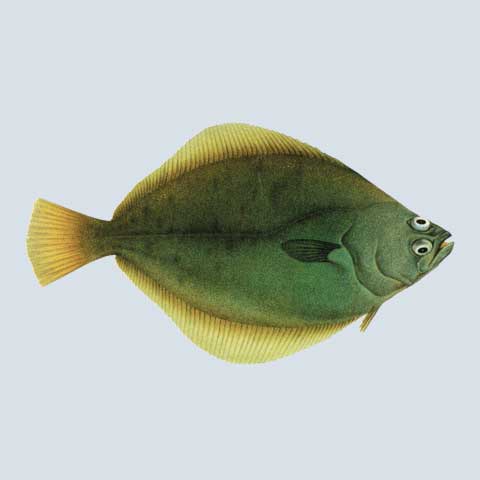Petrale sole trawlers found plenty of fish when they plied the waters off the West Coast in October, but with limited regional markets to absorb harvest volume, smaller deliveries maxed out orders destined for restaurant markets, while the rest wound up in cold storage holdings and will be sold as frozen product after the end of the season.
“People still eat petrale, even though San Francisco turned into a shanty town,” says Scott Adams, a plant manager with Hallmark Fisheries in Charleston, Ore. “Places are just boarded up. Sales are good but just limited.”
Like other species that are typically featured at indoor restaurants, petrale suffered much the same fate with the continuing trend in social distancing. A unique component in the petrale industry is that nearly all sales are to domestic markets with regional strongholds in San Francisco and other ports along the West Coast. Diners who know the taste of petrale have been partial to it for decades.
Adams noted in November that the fish were plentiful out on the grounds and that many of them were running larger than 18 inches and weighing more than 6 pounds, which makes for sweeter tasting fillets. Restaurateurs, meanwhile, prefer petrale 15 inches long or larger, as they produce the perfect-sized fillet portions when the chefs arrange them on plates.
“They’re nice big fish,” he says. “It’s the perfect time to catch them.”
For their efforts, the trawlers had landed 402.6 metric tons of a 3,697.9-metric-ton quota by mid-November. A year ago, they had delivered 1,708 metric tons of a 2,587-metric-ton quota.
Though the stock remains healthy, quotas for the trawlers will decrease slightly to 3,242.5 metric tons to satisfy allocation requirements among IFQ holders.
As for average ex-vessel prices, they’ve slipped downward from the $1.19 per pound in the 2019-20 season to $1.07 per pound, according to most recent data in PacFIN.







